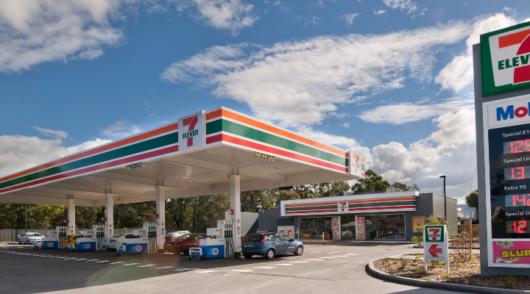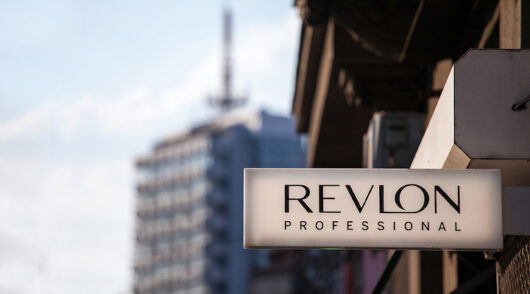Nobody likes to think about store theft, break-ins, or threats to shopper safety, but sadly, these things happen, so it’s important to be prepared. Good security is critical in stores and shopping centres. It can impact a business’ reputation and bottom line as much as product quality and price, but it’s often undervalued, which can lead to serious repercussions. To protect your retail business, here are three security mistakes to avoid.
Mistake #1: Focusing on physical security and electronic security in isolation
When people think of security in a retail environment, they often focus on physical security – the guard standing at the door of a luxury boutique, or the ‘mall cop’ patrolling public areas in a shopping centre – or electronic security, but they rarely think of them working together. But technology not only enhances the capabilities of physical security teams, it can also identify potential threats that humans can’t, and it’s a critical part of a modern security set-up.
Thanks to recent advances in video analytics, for instance, automatic notifications can be sent to security teams if a person or vehicle enters an area that has been marked ‘off limits’ or ‘of interest’, or if a long queue starts to form at a taxi stand. Video analytics can also be used to alert security staff to spills, lift or escalator disruptions that impede flow and other incidents that require a service response, or reduce the need for security teams to constantly go on patrol.
Centre data can be analysed to determine which stores and areas are more prone to theft and why, and real-time data, such as the weather and time of year, can be incorporated to ‘predict’ when a store or centre might experience a surge in traffic and require additional security.
In most cases, technology is not a replacement for physical security, but integrating tech into physical security can make them more efficient and effective.
Mistake #2: Assuming high-tech security is too expensive
The biggest mistake a business can make is underinvesting in security due to cost. As the minimum wage continues to rise, businesses may be tempted to stretch their security headcounts further, which can leave centres, stores and people vulnerable. This is short-term thinking, and it can prove to be extremely costly in the long run. It’s better to reduce the higher cost of physical security by integrating systems and reorganising business processes.
It might seem that technology-enabled security solutions require even greater investment, but that’s not always the case. By tapping into CCTV, sensors, intelligent systems and automatic notifications, security teams can reduce the amount of time (and people) they need to conduct patrols and operate more efficiently. This could result in lower wage costs.
In addition, a comprehensive review of current security processes, as well as cleaning and maintenance providers, can identify potential areas to streamline and save.
There’s also a potential cost to underinvesting in security that businesses need to consider, whether it’s the cost of negative public perception, increased insurance liability, or increased insurance cost.
Mistake #3: Forgetting about the customer experience
The primary purpose of retail security is to protect the people, property and profit in a shopping centre or store, but businesses shouldn’t overlook the fact that security can also have a positive impact on the customer experience.
At a surface level, a clean, safe shopping environment is more appealing and enjoyable for customers. This is especially true in the era of Covid, when shoppers are particularly sensitive to germs and avoiding crowds.
Beyond this, however, cutting-edge security technology also has the potential to surprise and delight customers. For instance, concierge robots already exist in iconic overseas malls in Singapore and Japan that can answer basic questions, provide directions and help with mobility issues. This technology not only delivers a ‘wow’ factor while helping to meet customer needs, it also frees up security personnel to focus on more critical issues.
The common denominator
These three security mistakes all have one thing in common: technology. While retail security traditionally has relied on large physical security teams, the tech-enabled solutions of today can lead to productivity gains, cost savings and customer experience improvements.
Certis Security Australia is at the forefront of these developments. Get in touch with us to learn more about the innovative security solutions mentioned in this article.






